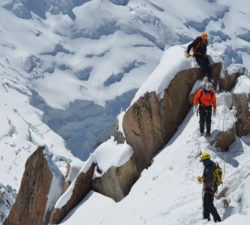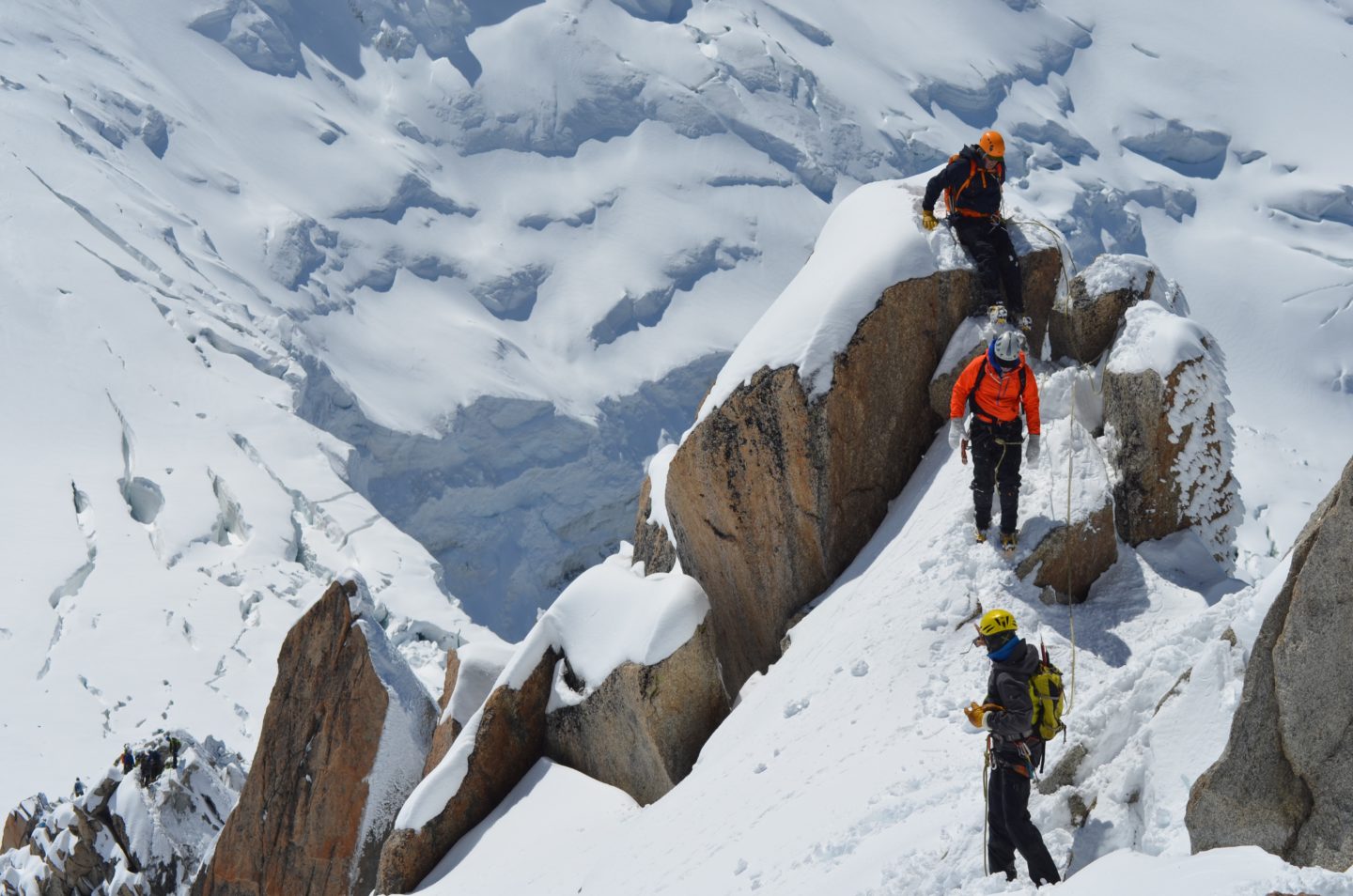Anyone who walks in the mountains knows the weather can change rapidly with little warning. You may set out in the morning hiking in low winds with a clear sky, only to be caught in a thunderstorm in the afternoon. Today’s business environment is just as unpredictable. Leaders who had hoped at the start of 2022 that they had spotted a break in the clouds as the Omicron variant pushed the COVID-19 into a new phase of recovery were quickly disappointed. Russia’s invasion of Ukraine has dashed hopes of an economic recovery for the time being, exacerbating supply chain bottlenecks and pushing up inflation.
Even without the geopolitical uncertainty, running a business has become increasingly complex with organizations now required to take responsibility for the health and wellbeing of their people and the planet.
Against this backdrop, I am seeing a lot of parallels with mountaineering. While you may have been able to traverse a glacier yesterday, today you might fall…


